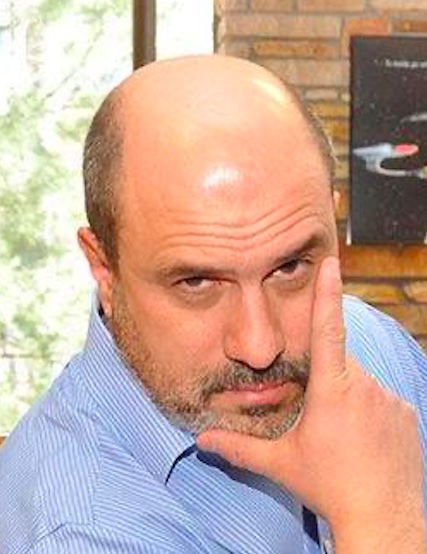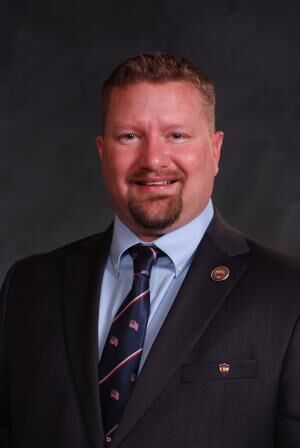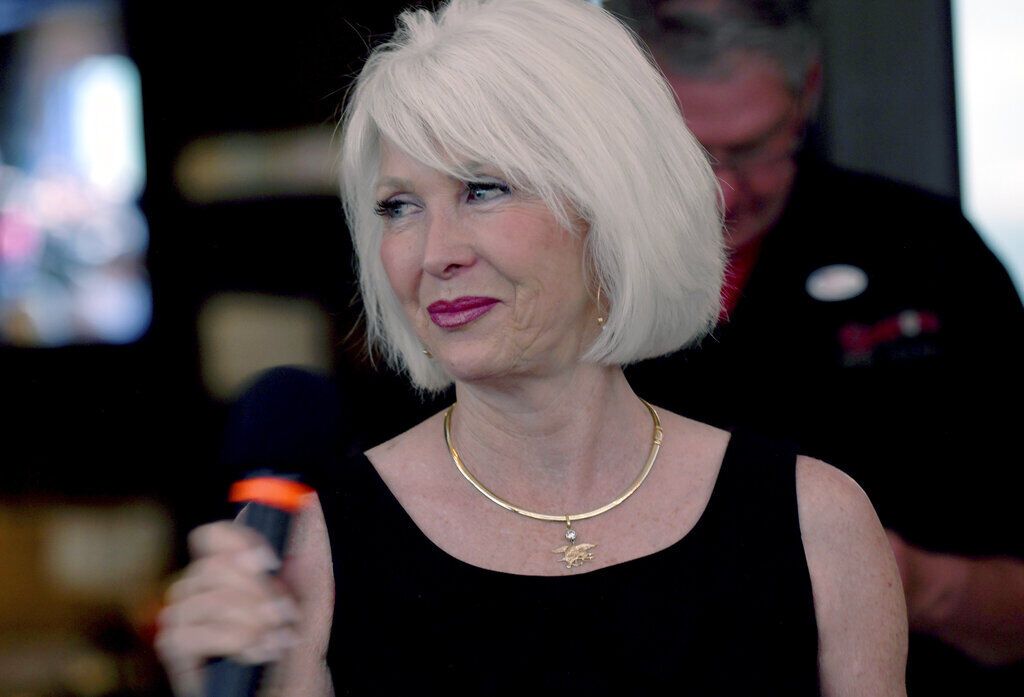Stock Show’s Catch-a-Calf has cherished history | GABEL
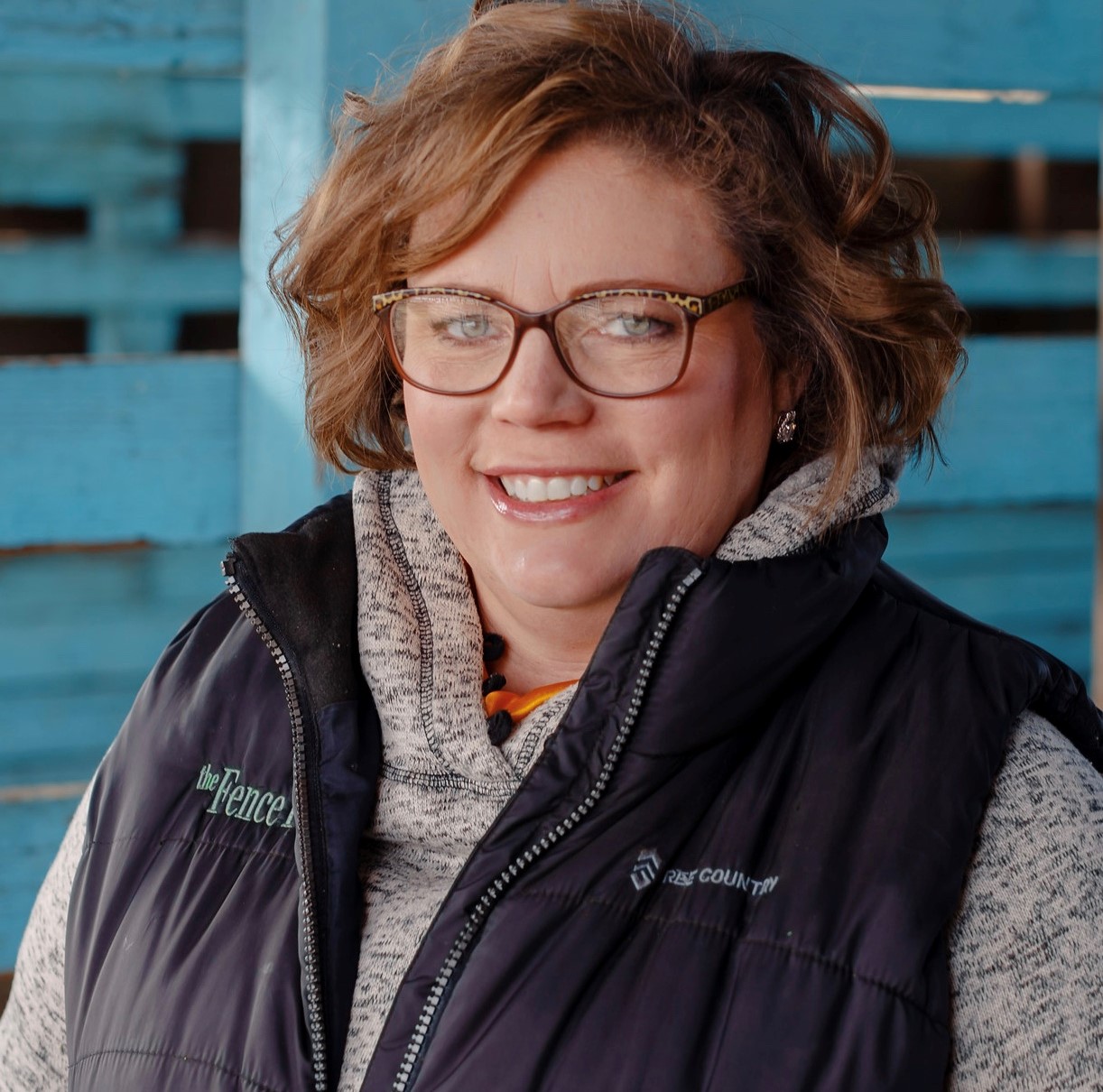
Bill Waneka, who was raised in Lafayette, is one of the original National Western Catch-a-Calf volunteers who remains a committee member today. The program began in 1935 when boys who were exhibiting fat steers at Denver were drawn to try to catch a calf during the rodeo. They returned the next year to Denver to show it as a fat steer after a year of feeding it and writing monthly letters to the person who sponsored the calf.
Now living in Wheatland, Waneka has volunteered with the National Western for more than 50 years. He was first hired as an assistant livestock superintendent in the early 1970s. He led the National Western’s Catch-a-Calf program for 35 years and continues today as an active committee member and participant sponsor. He also served for decades on the Junior Livestock Auction Committee.
Before he was a volunteer, he was a Catch-a-Calf participant. During the rodeo performance prior to the one Waneka would participate, he said one boy caught a calf — and then lost it — right in front of the announcer’s stand. Someone from the audience volunteered to sponsor a calf for the boy and Waneka said famous rodeo announcer Sy Taillon, who announced the NWSS rodeo for 33 consecutive years, gave the boy a Stetson hat. The next night, a wide-eyed Waneka caught his calf but realized he lost the halter he tucked into his belt.
“I had a calf right in front of the announcer and Bob Hammill brought the halter over and dropped a few feet from me,” he said. “I had an arm around the calf and my finger in my beltloop, and I was close enough I could have drug the calf out. I put the rope on with one hand and my teeth and got the calf and got out of there. I could have drug him out if they hadn’t brought me my rope.”
Waneka said Charley Kirk, who was the extension agent in Douglas County and a longtime Catch-a-Calf volunteer, visited him a few times to check on his calf. Waneka said when he was about 20 years old, Chuck Sylvester called and asked him to be an assistant superintendent at the Colorado State Fair, which he agreed to. After his second or third year, Waneka was sitting in the rodeo stands at the National Western.
He said Charley Kirk and his wife were seated in front of him and after the first saddle bronc bucked, Kirk turned around and asked why he didn’t work at the Stock Show.
Another saddle bronc bucked as the crows watched.
Waneka said he leaned down and told him, “because the old fart down there has never asked me to work.”
Another horse bucked in the arena in front of them before Kirk turned around and told him, “well, you’re working this year.”
That is, he said, how he began working at the stock show. He said Kirk, who was known for his staunch devotion to kids and agriculture, was a good man. He recalls one day during the stock show, an exhibitor named Mrs. Carlton threw a Denver phone book at Kirk and “damn near knocked him out of his chair.”
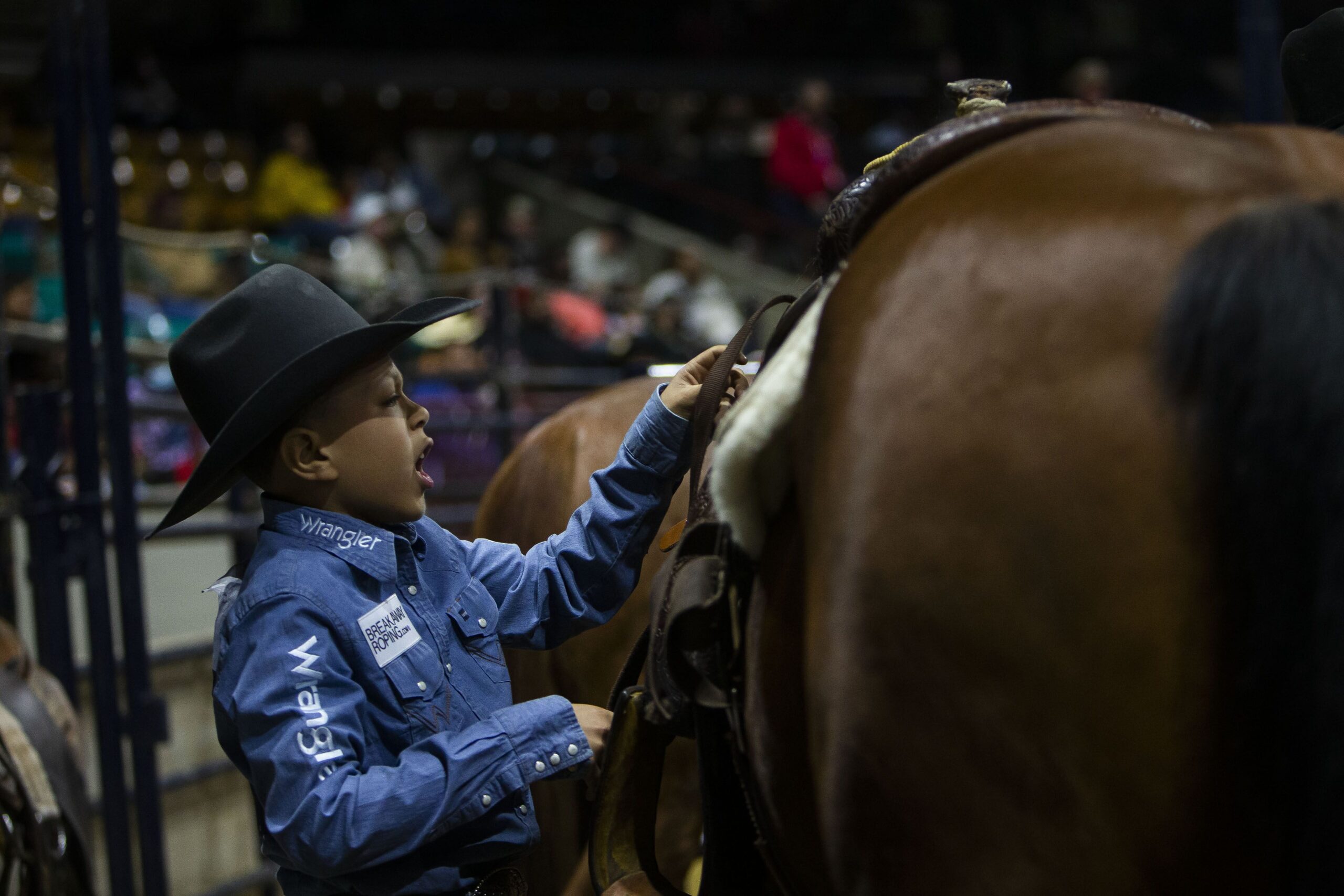
(Timothy Hurst / The Gazette)
Waneka said years ago, the grand champion selection was done in the end zone of the arena and then in one half of the arena. The year before Chuck Sylvester took over as manager, Waneka approached Bob Hamill, the longtime superintendent of the junior market beef show, and the maintenance bosses, Cookie and Bobby, about moving the selection to the center of the arena. He spoke to the Angus Association, and they agreed to begin their show 30 minutes earlier. Kirk told him to clear the idea with Willard Simms and Simms consented and told him to check with public relations. With a spot for photographers planned and spectators from both sides of the arena able to watch, they made the change.
“We did it and I figured my job at Stock Show would be on the brink or good for a few more years,” he said. “It worked out, I guess. They’re still doing it that way.”
Willard Simms, he said, was a former press man who once worked for the Record Stockman and later wrote “Ten Days Every January” about the history of the National Western from 1906 to 1981. He was the general manager of the National Western from 1955 to 1978.
“Willard was a great leader and that carried down to Chuck (Sylvester), too,” he said.
This year’s Catch-a-Calf show is the first weekend of the National Western.
Rachel Gabel writes about agriculture and rural issues. She is assistant editor of The Fence Post Magazine, the region’s preeminent agriculture publication.



